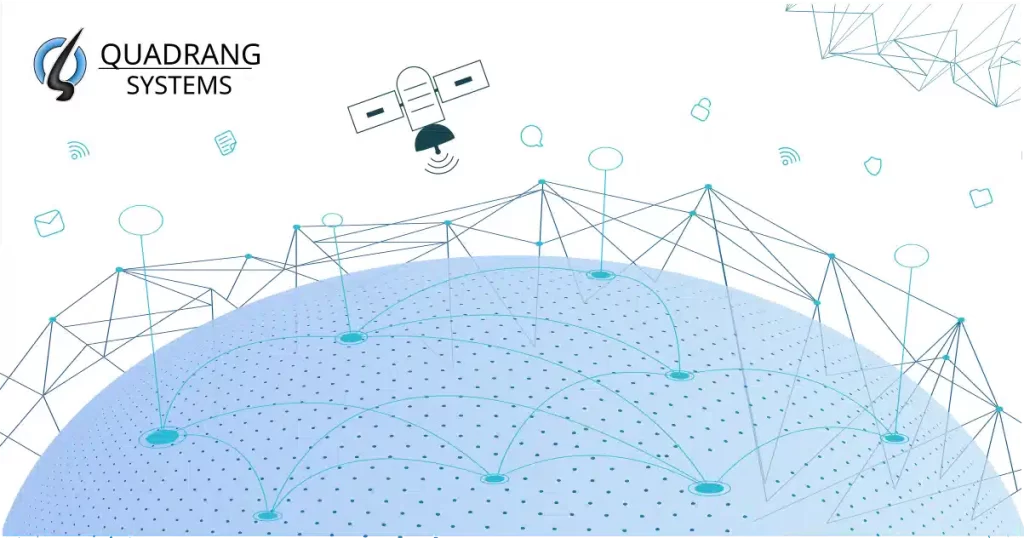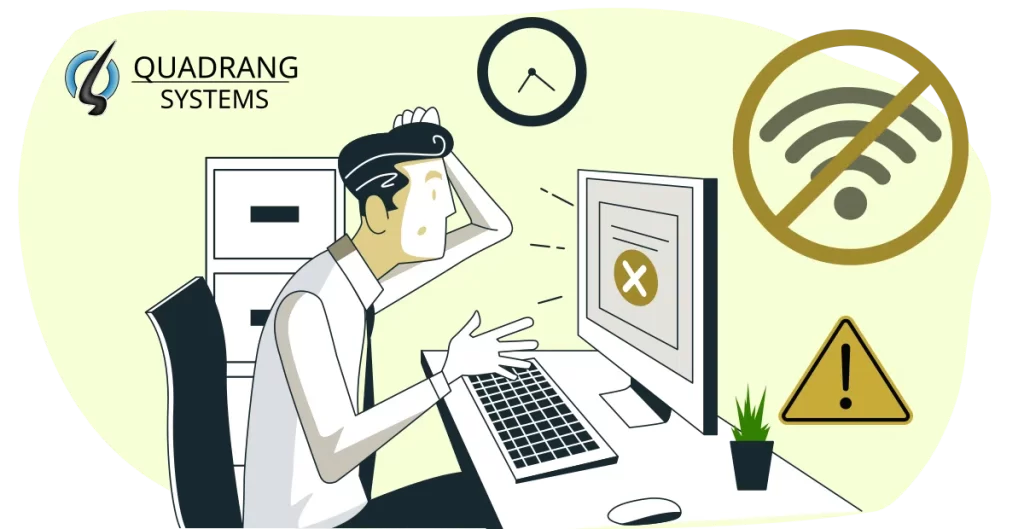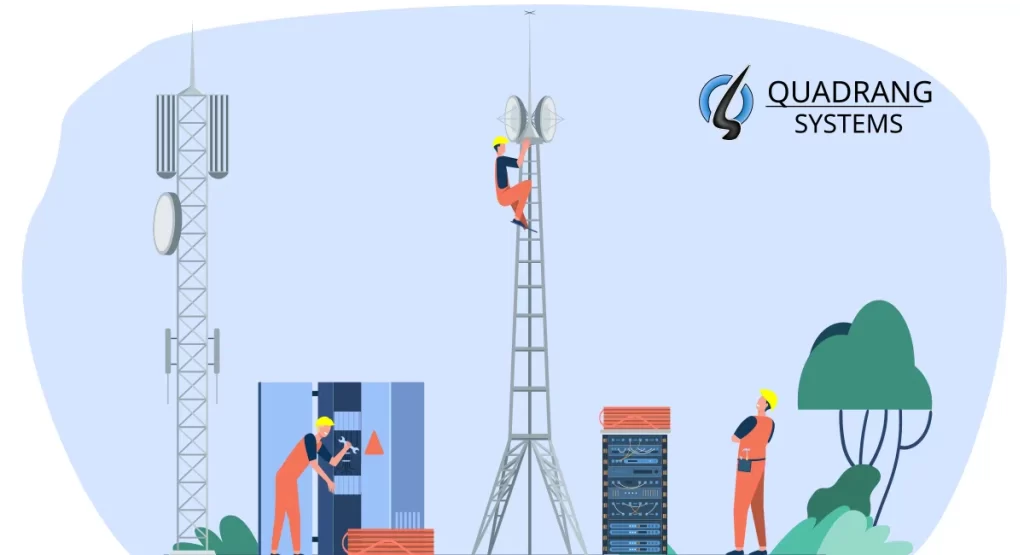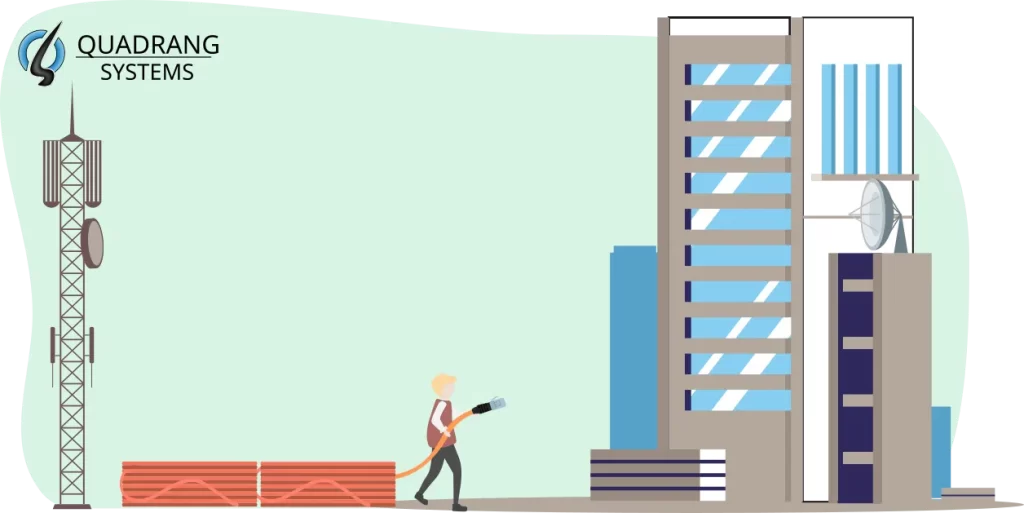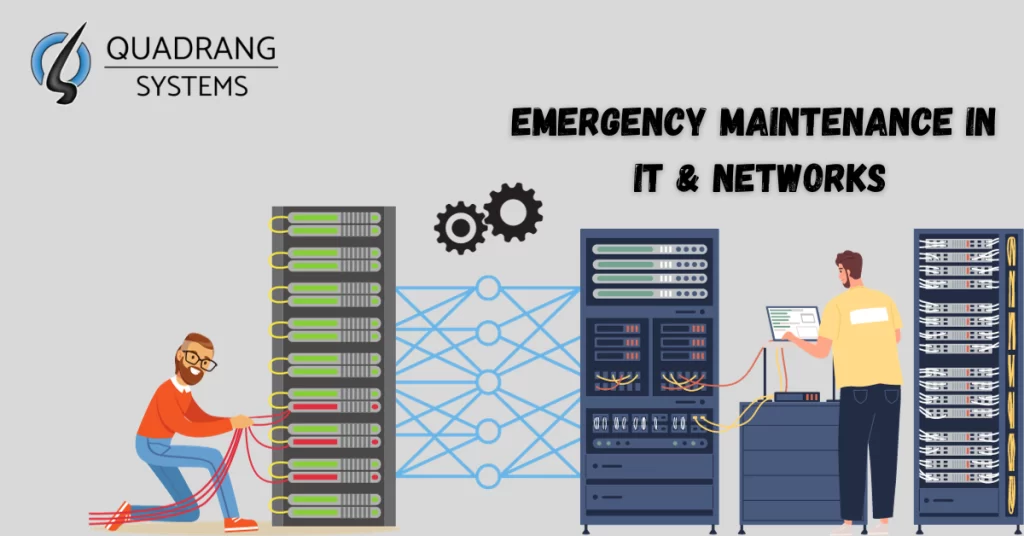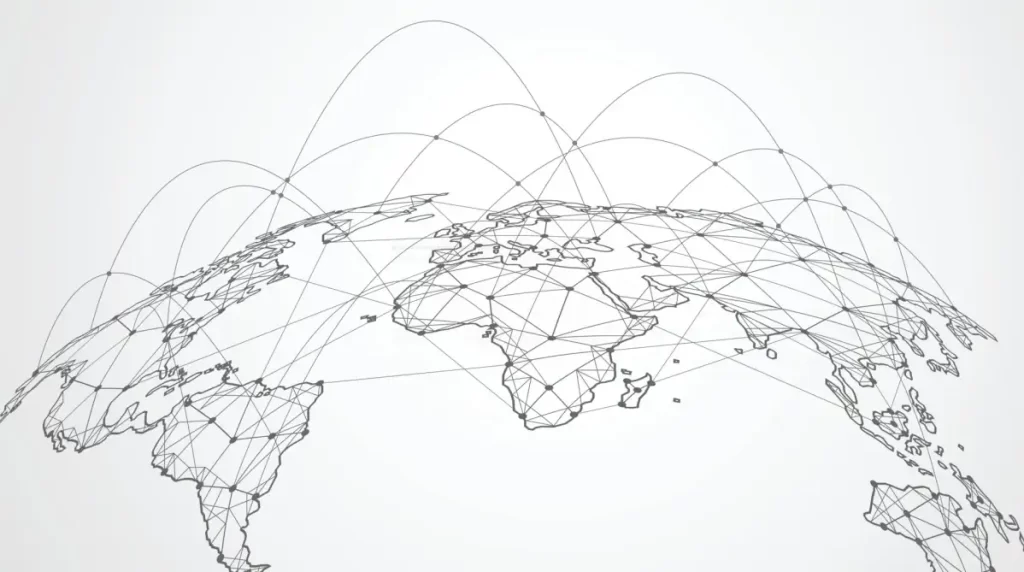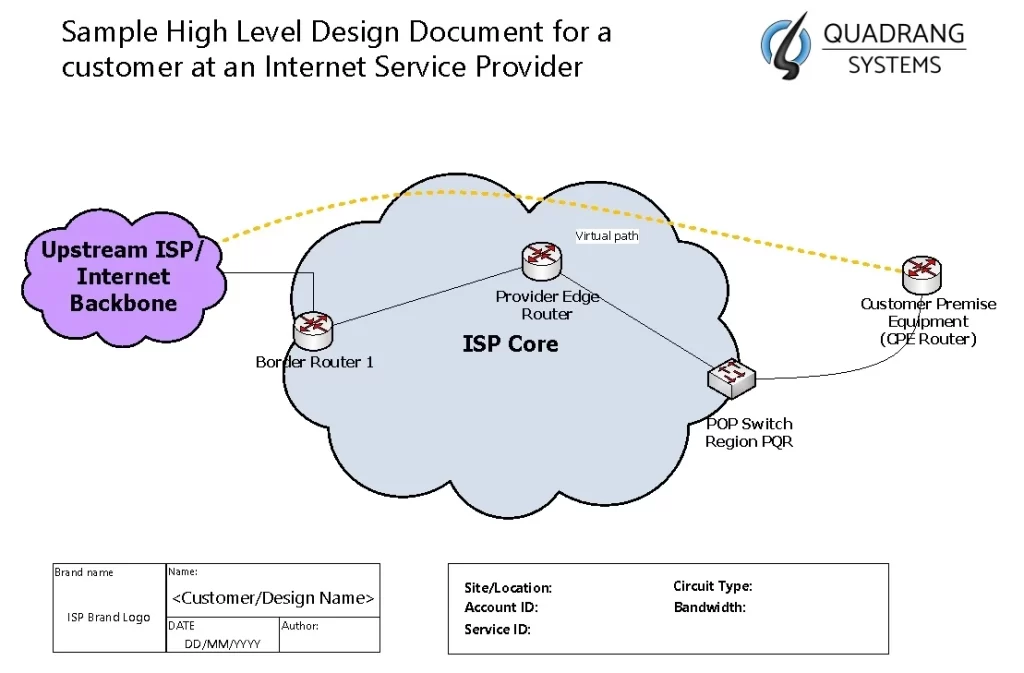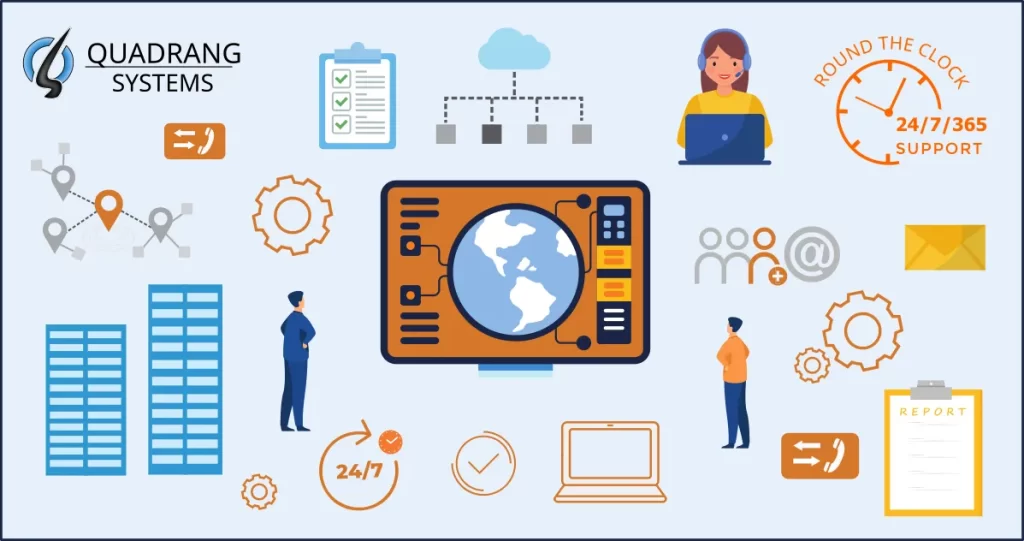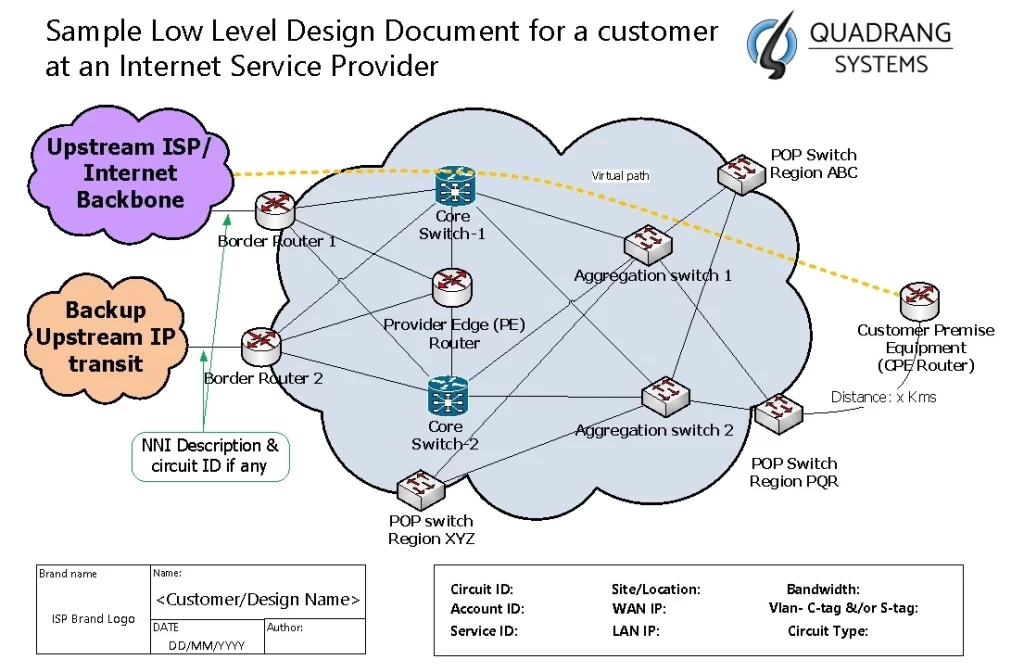How the internet works: A high level overview
Let’s go back in time and consider an era without internet. Let’s say we are conceiving of the birth of simple networks. Let’s start with your room. If you connect your PC/Phone with a server hosting a website “A” directly in from within your room, you can obviously successfully access that particular site, similarly for website “B” also and if connected on with your PC/Phone but in a different room you could access that too. Now, if these A and B websites are to be accessible from outside of your vicinity, you would need a cable connection exactly to the number of people wanting to access these sites. So for this to work correctly, you need connectivity from the user (also known as client) to the Website (Server/Webserver). The more connectivity between webservers and users/clients, the bigger the private network becomes. At some point, there are cables all across the world and you open up the webservers to the world which essentially becomes the “Public Internet”
History of the first network
This is exactly how the first network – the Advanced Research Project Agency Network (ARPANET) started back in 1969 and it was limited to a few academic and research institutes only as it was only limited to research. Hence in practice it was known that when as many clients/users and websites/servers came onto the network, the more it proved to be beneficial. This job is today done by a special type of industry called as Internet Service Provider which falls under Telecom and Data Networks and as of 2023, majority of the data networks operate on digital signals
As the network grew, many old and new clients joined it to take advantage of it. Different kinds of users felt the need to contribute and hence new businesses and companies evolved catering to this need. Over three decades, millions of websites were created adding useful content in text, images, audio, video, graphics leading to multimedia.
To define internet in the simplest form
So it is correct to say that the internet is logically an extremely long and extended data cable which connects to continents, countries and eventually its terminating devices where clients and servers sit. This long cable has always been expanded to serve the geographical regions which are not connected or reachable to the internet. In general or layman terms this entire system is also called as the Net, Web or the World Wide Web (www).
In other words the internet is the biggest network on the planet earth which interconnects all the network entities which connect to other network entities in other region. These entities are called as Internet service providers (ISPs) and first of all they are just a subset of the major network, but once they connect to their upstream ISP, they also become a part of the “Internet” and have the ability to serve internet to their clients.
In one line, the Internet is the Super-network or “Network of Networks”. It can also be called a Mega-Network of smaller networks. It is important to note that the Internet doesn’t belong to any one individual, company or entity, as the all the network providers in the world involved in serving internet share
Internet starts and ends at private networks:
Smaller private networks like LAN: Each network consists of a group of devices, such as the devices in the LAN (local area network) like desktops/laptops, servers, printers, office IoT devices, a default router and an edge firewall. These LANs are then connected to other networks and optionally their internet service provider (ISP) using cables, wireless antenna / signals, or a combination of both.
The data that we send and receive over the Internet is broken down into small packets. These packets are then transmitted through a series of interconnected networks until they reach their final destination. Each packet contains the information of its origin and its destination so that a data stream between a sender and receiver (client and server) is established. Physically, these packets are transmitted through a variety of medium such as Optical fibre cable (OFC), Copper cables, Telephone network, Satellite, Wireless antennas etc. Upon receiving, the data portion of the packets are joined together to achieve the meaningful information sent from the origin.
Common types of “Area Network”
Here are some common types of networks based on the area they cover. For networks based on type of physical connectivity, please read our blog on “physical networks”
1) PAN: Personal Area Network
Limited to a room or a few metres. Example – Bluetooth, NFC, RFID based applications and devices. This also covers Smart home devices, but they are loosely categorized under HAN or Home Area Network
2) LAN: Local Area Network
Limited to a small area, room or couple of rooms or a building. Example – Office or Campus network of PCs, Server rack, storage banks, Data centre, etc. This also covers WIFI but they are loosely categorized under WLAN (Wireless LAN) which wirelessly connects laptops, smartphones and smart devices
3) CAN: Campus Area Network
Limited to a couple of buildings belonging to a same owner. Example – College/University network, Office buildings of a company/factory, Mall/Shopping-centres, etc.
4) MAN: Metropolitan Area Network
Spans a wide geographical area of a town or a city, sometimes tens of kilometres. Example – Interconnection of various CANs, network belonging to Internet service providers, Government Smart City networks.
5) WAN: Wide Area Network
Spans a huge geographical area and is often intercity and interconnects various MANs. Example – Inter-network of Internet service providers spanning cities, Government’s National Fibre optic infrastructure to serve various cities, towns, and villages.
6) GAN: Global Area Network
Tries to span the entire planet Earth by interconnecting all the Internet Service Providers, Private and Public entities. GAN is synonymous with the “INTERNET” – although it encompasses both public internet and private networks. It is built with submarine fibre optic cables. Example – Internet, International Private Leased Lines.
To conclude…
This was from a very high level view. Going down to the lower levels, networks can get very intricate and mind boggling to check, decode and troubleshoot when issues occur. Quadrang Systems is one of the experts in the field with network engineers having deep expertise in all areas of networks and the internet.
Consult us if you need help about any of our network services


